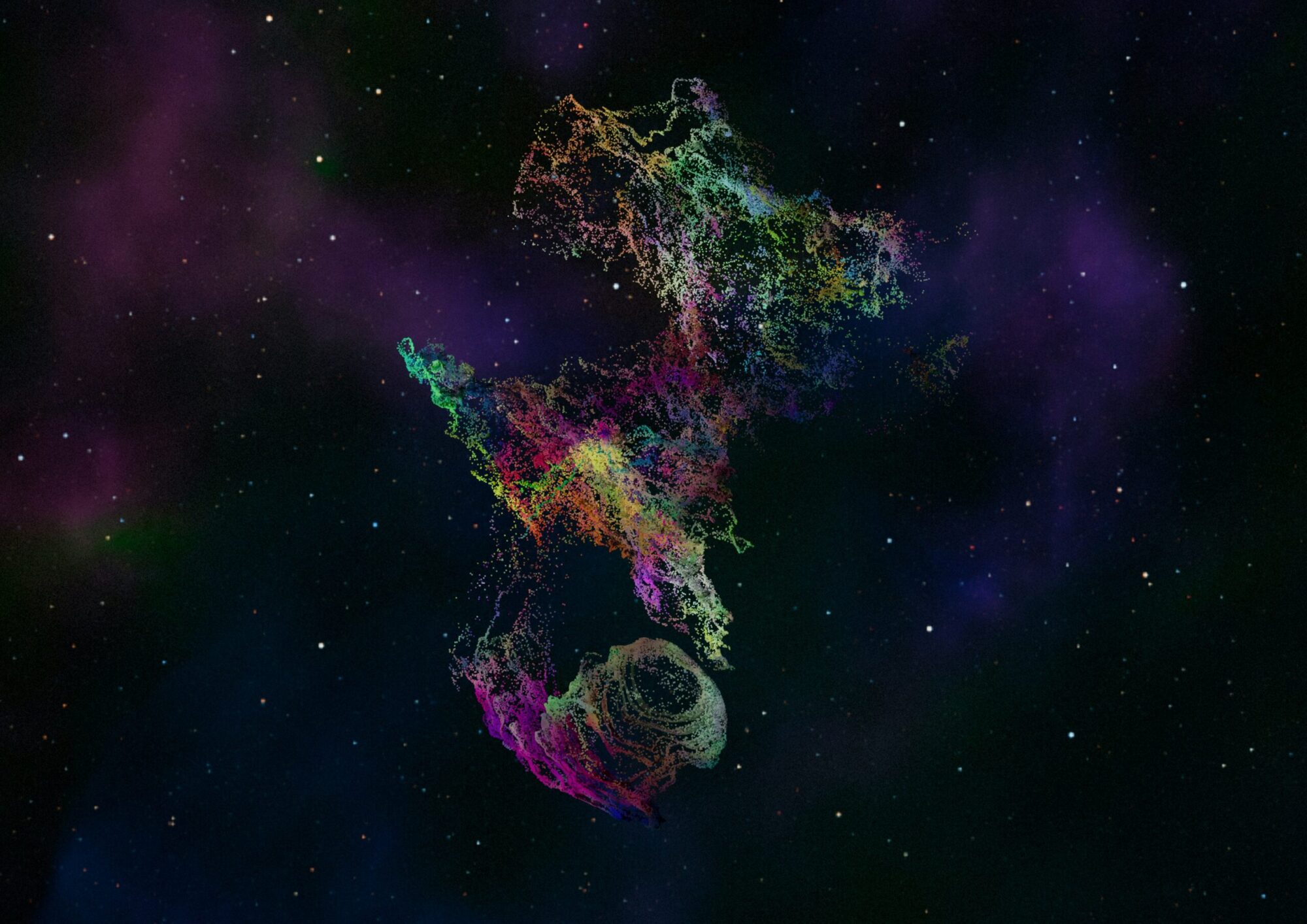A room records the state of the being who inhabits it. Disorder is never neutral; it is the visible geometry of distracted energy. To restore order is therefore not a matter of decoration but of energetic hygiene. The way of tidying, as taught by Marie Kondo, is one of the simplest modern forms of energetic training: an apprenticeship in the movement of attention through matter.
Begin with awareness. Stand at the threshold of your room and look without judgment. The physical field before you is a mirror of your internal circuitry — your impulses, attachments, and unfinished gestures. You are not cleaning things; you are recalibrating the field through which energy circulates between body, mind, and environment. Before any action, take a breath. Feel the current of air enter and exit the body. This is the same current that will move through the house once its channels are cleared.
Her method begins with touch. Pick up an object and hold it in both hands. Do not analyze; listen. Does it quicken the current, or does it draw energy downward? The body will answer faster than thought. When something “sparks joy,” it means the circuit between your being and that object remains open — energy flows freely. When there is heaviness, the circuit has closed. Release it with gratitude. Say thank you aloud or silently, not as politeness but as energetic closure. Gratitude seals the current and prevents psychic residue from remaining in the space.
Move through your home deliberately. Begin with the most material layers — clothing, papers, utensils — and progress toward the more intimate. Each layer corresponds to a subtler level of energy. To handle the material world first stabilizes the lower currents; to confront the sentimental refines the higher. This sequence is not arbitrary: it leads the practitioner from gross to subtle, from inertia to clarity. Tidying in this order trains attention to ascend through degrees of vibration.
Do not rush. The slower the motion, the more exact the sensing. When you fold a shirt, do it as though folding light. When you wipe a surface, do it until the air above it feels lighter. The visible result will be neatness, but the true result is rhythm — the steady pulse of energy in motion. This rhythm is what the ancients called ṛta: alignment between inner intention and cosmic order.
Respect the emptiness that appears. Space itself is alive. In Japanese tradition it is called ma; in the Ompyrean understanding, it is the field of prāṇa. A shelf with breathing room, a table with unoccupied surface, allows current to circulate. Never fill every corner. Leave intervals of silence between things. The energy that moves through these intervals nourishes both object and inhabitant. A home dense with possessions becomes electrically heavy; a home arranged with space becomes luminous.
Light, air, and sound are extensions of the same current. Open windows each morning to refresh the circuit. Allow sunlight to strike at least one clean surface — it will charge the room with vitality. Keep one corner devoted to stillness: a candle, a plant, or a clear bowl of water. This acts as a stabilizer, a grounding point for subtle forces. Such gestures are simple, but their effects accumulate. The room becomes a resonant instrument tuned to the frequency of awareness.
As order deepens, perception changes. You will begin to sense when an object has grown silent, when a room feels saturated, when movement between spaces feels uneven. Respond at once. Do not allow stagnation to take root. Maintenance is continuation of the practice. Tidying once is initiation; living tidily is yoga. It teaches constancy — the refinement of will through repetition.
Remember that joy is not sentimentality. It is the signature of energy in free motion. When a space vibrates with joy, the body feels light, breathing expands, and thought clarifies. The purpose of this discipline is precisely that: to make the atmosphere transparent enough for consciousness to circulate without obstruction. Clean space supports clean mind; clean mind supports clean force.
When the work is done, stand again at the threshold. Feel how air moves differently. The room is still, but the stillness is alive. You have reorganized not only matter but the invisible architecture through which life moves. This is the secret life of order: energy obeys attention. To care for the world of objects is to refine the flow between the visible and the unseen.

